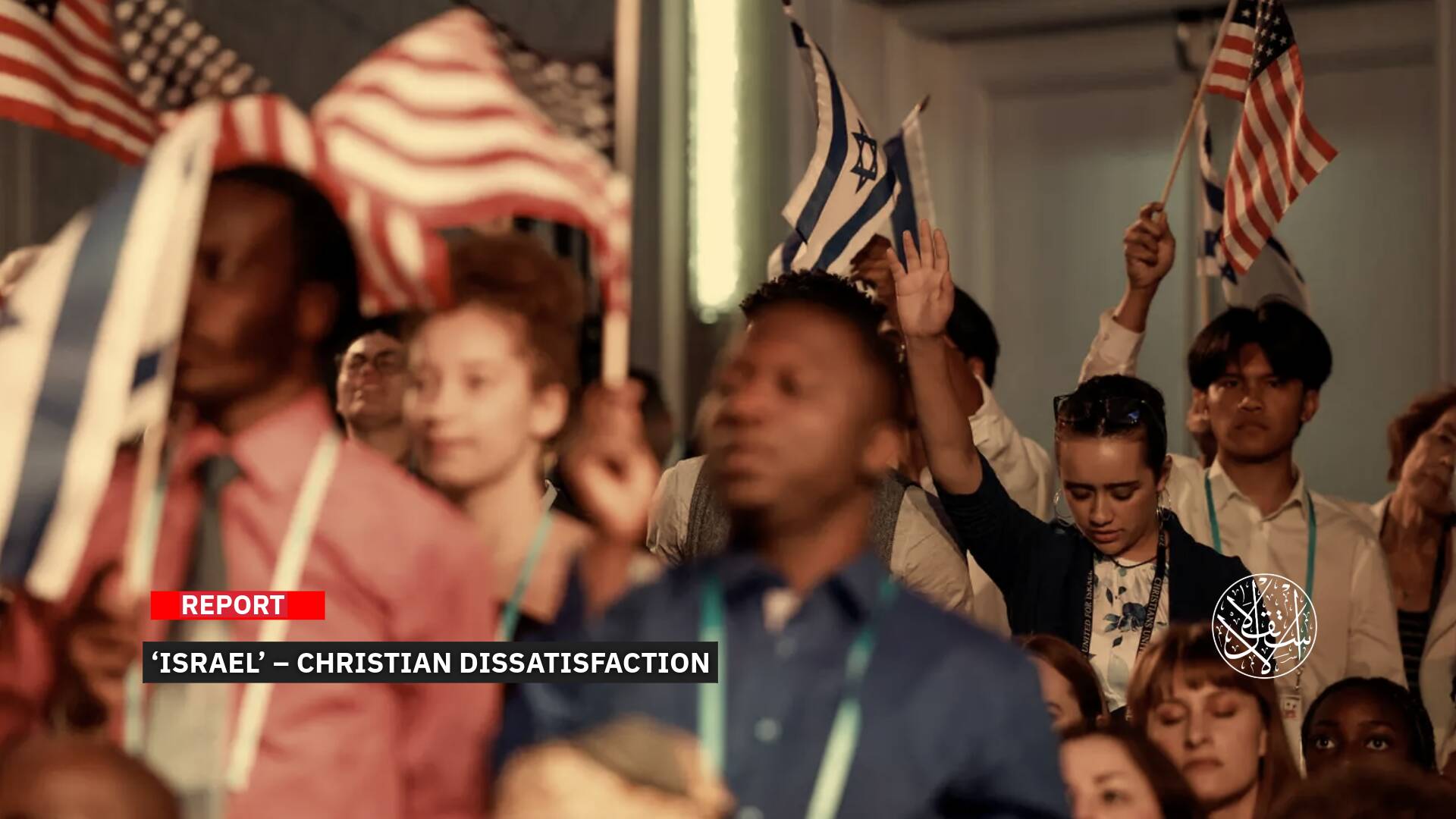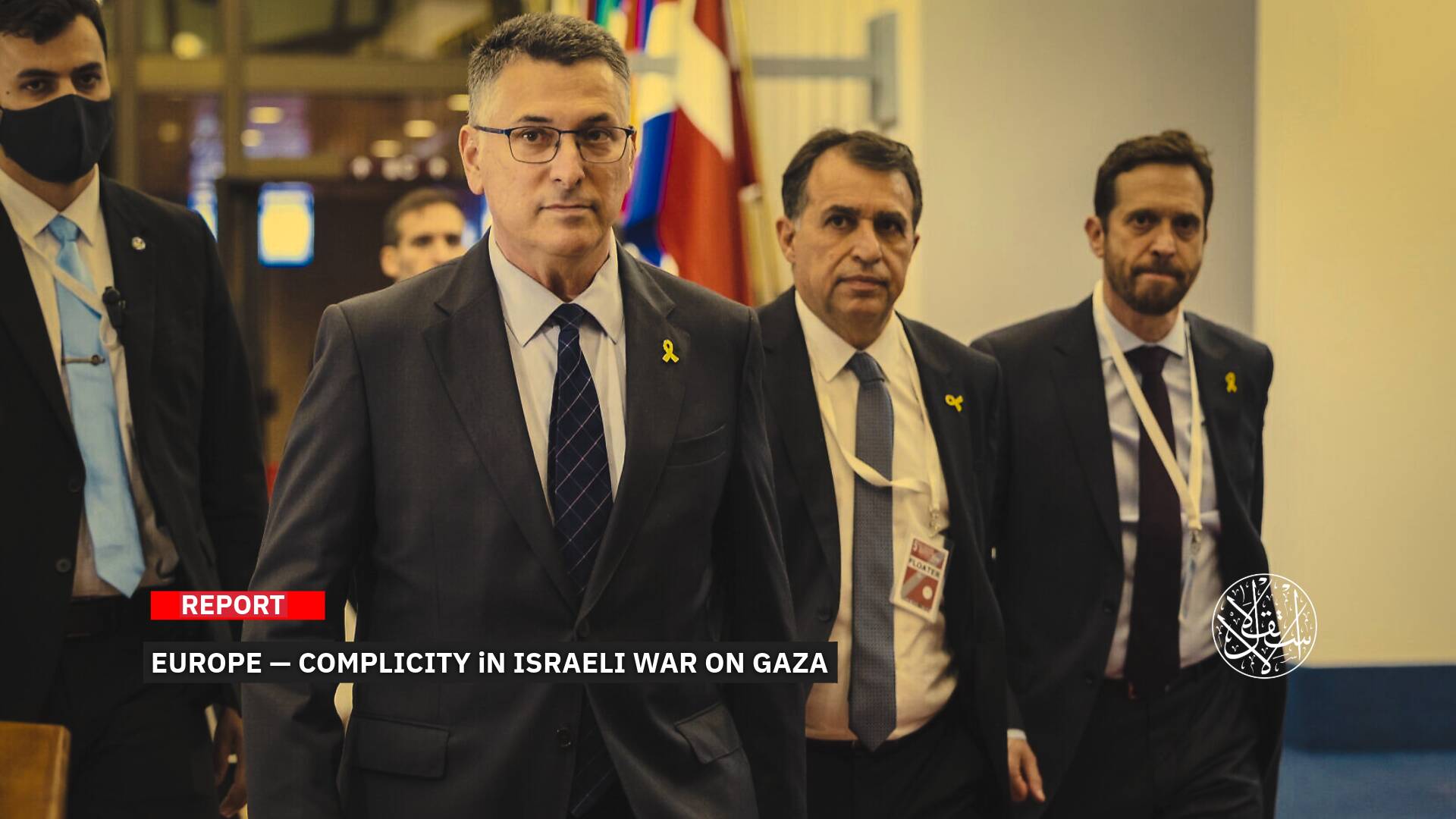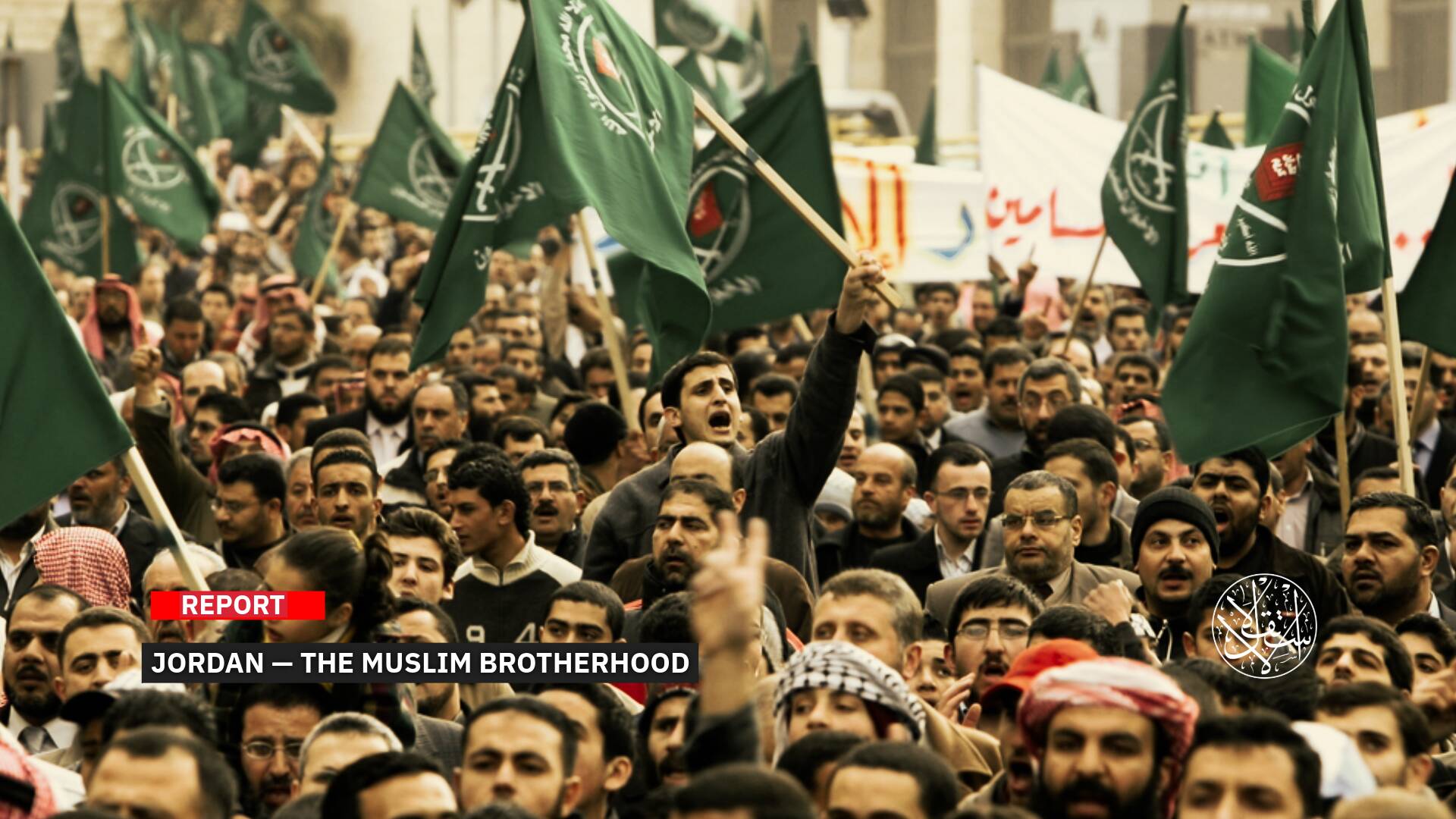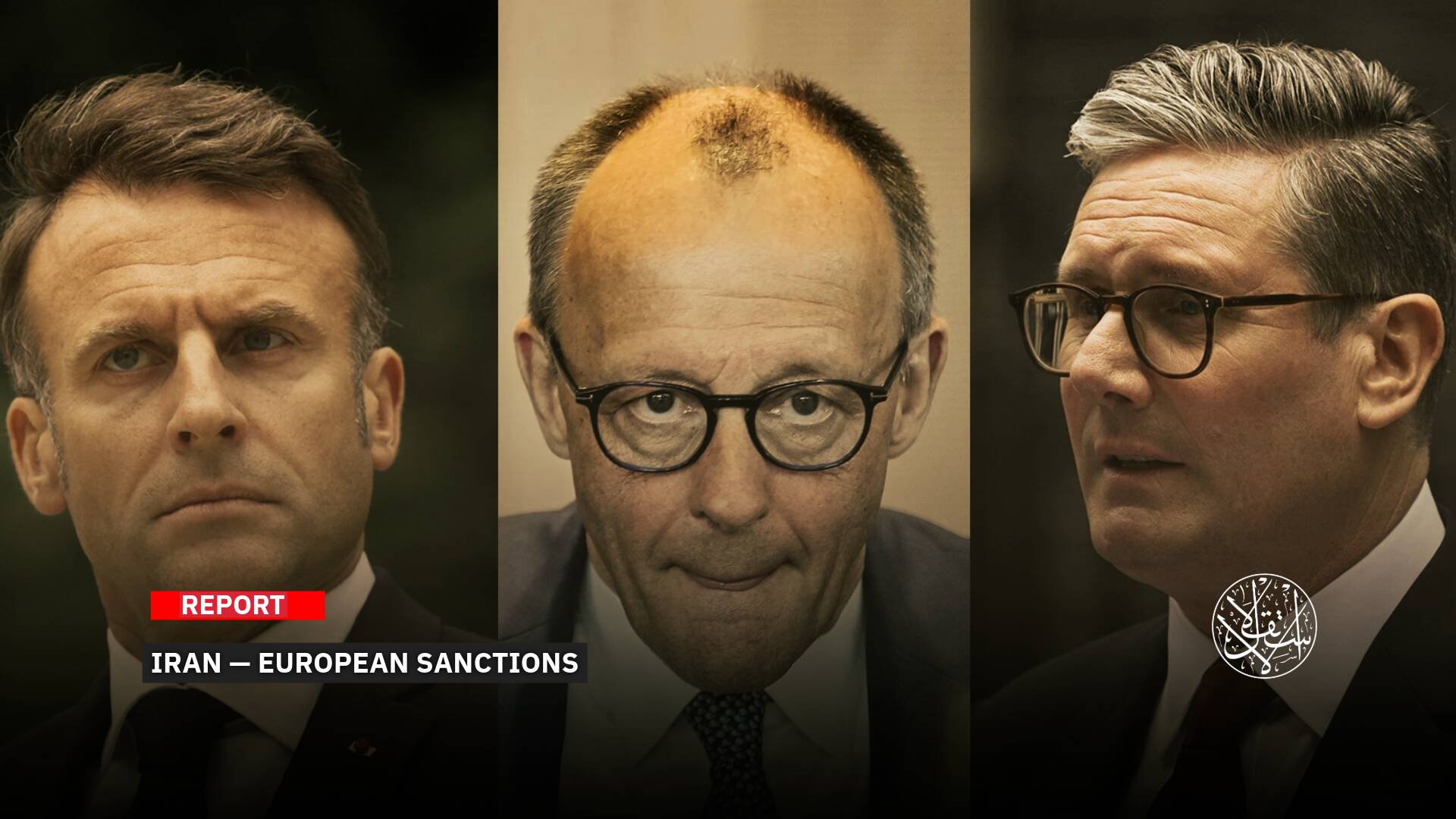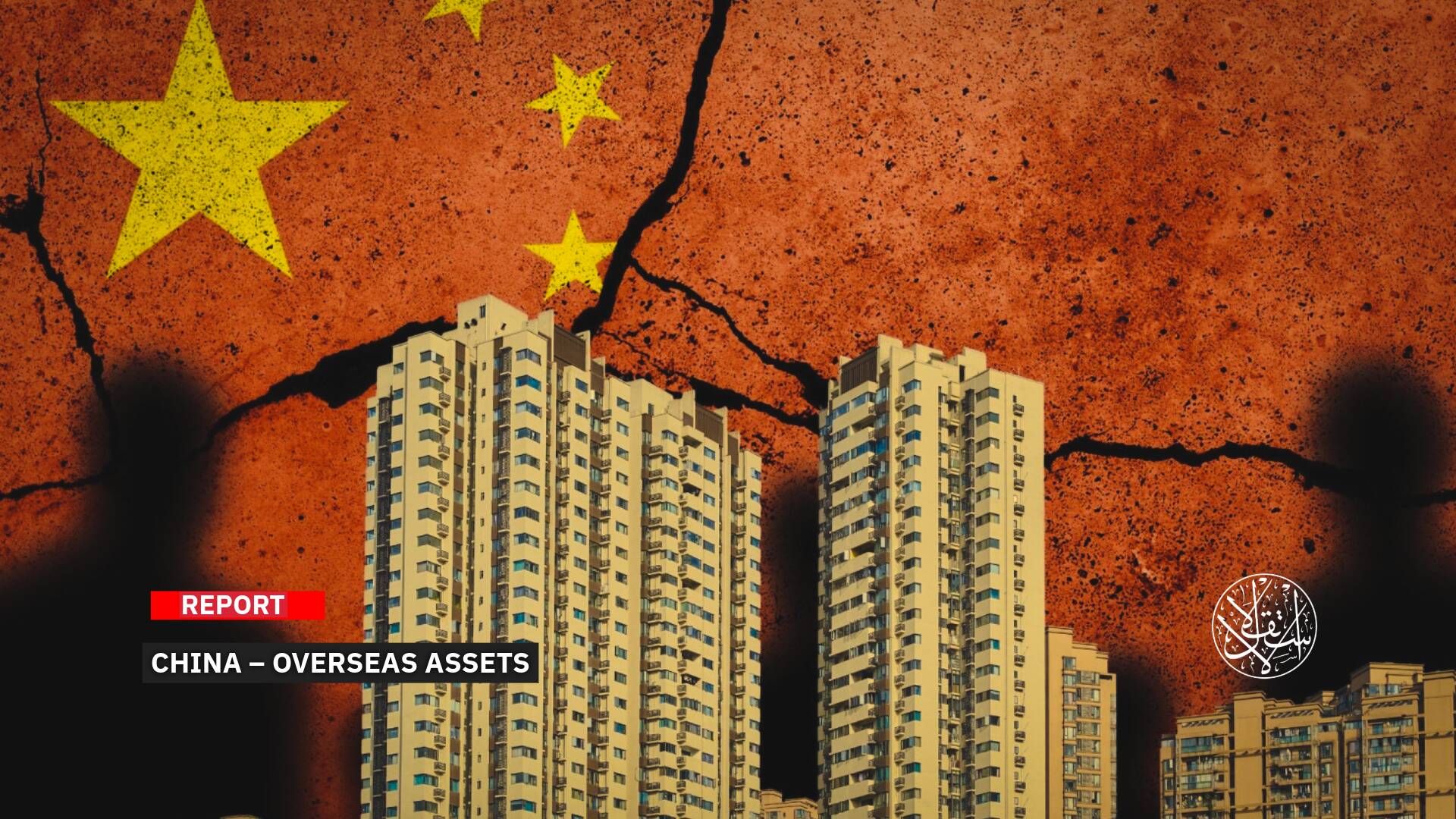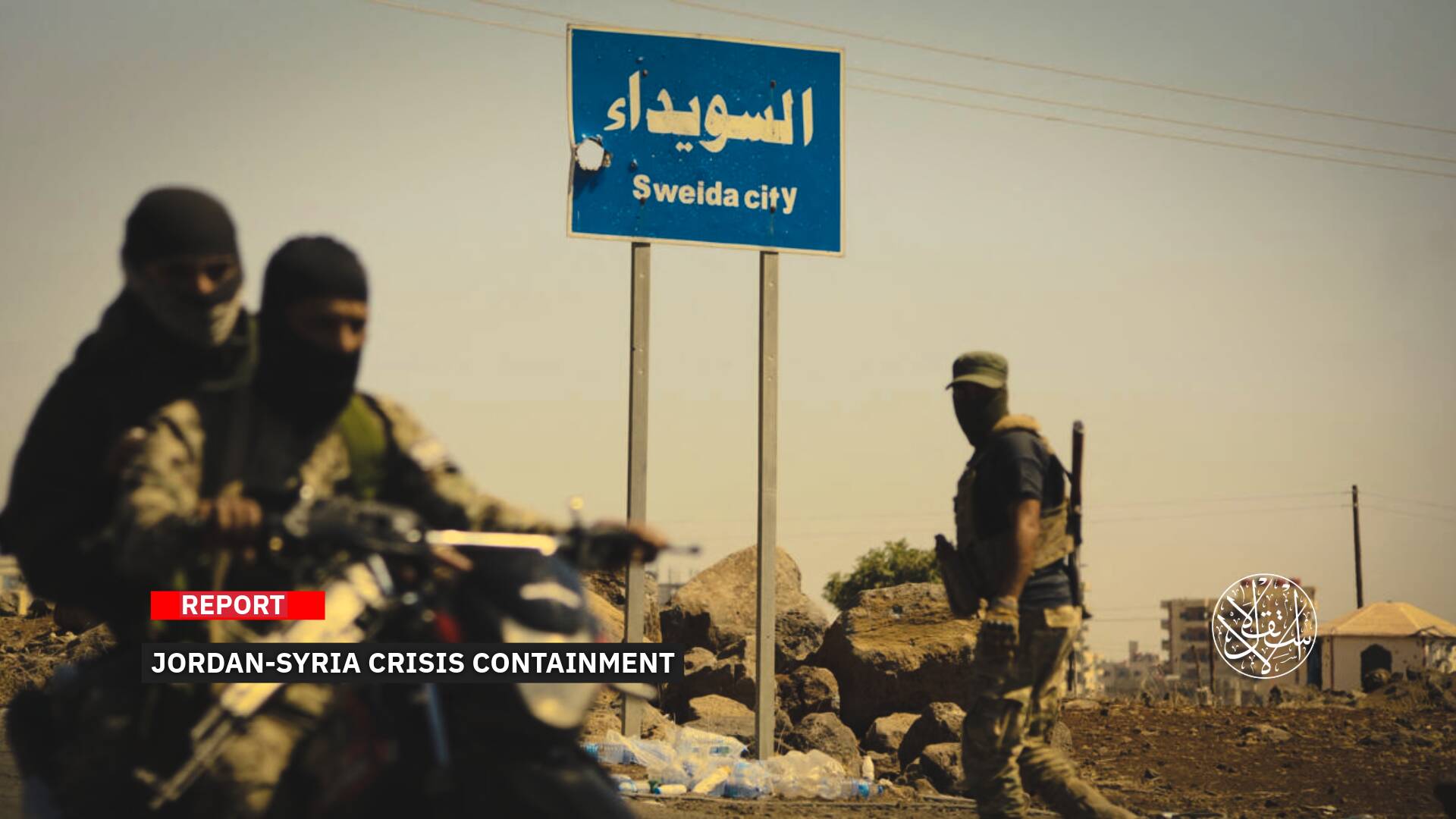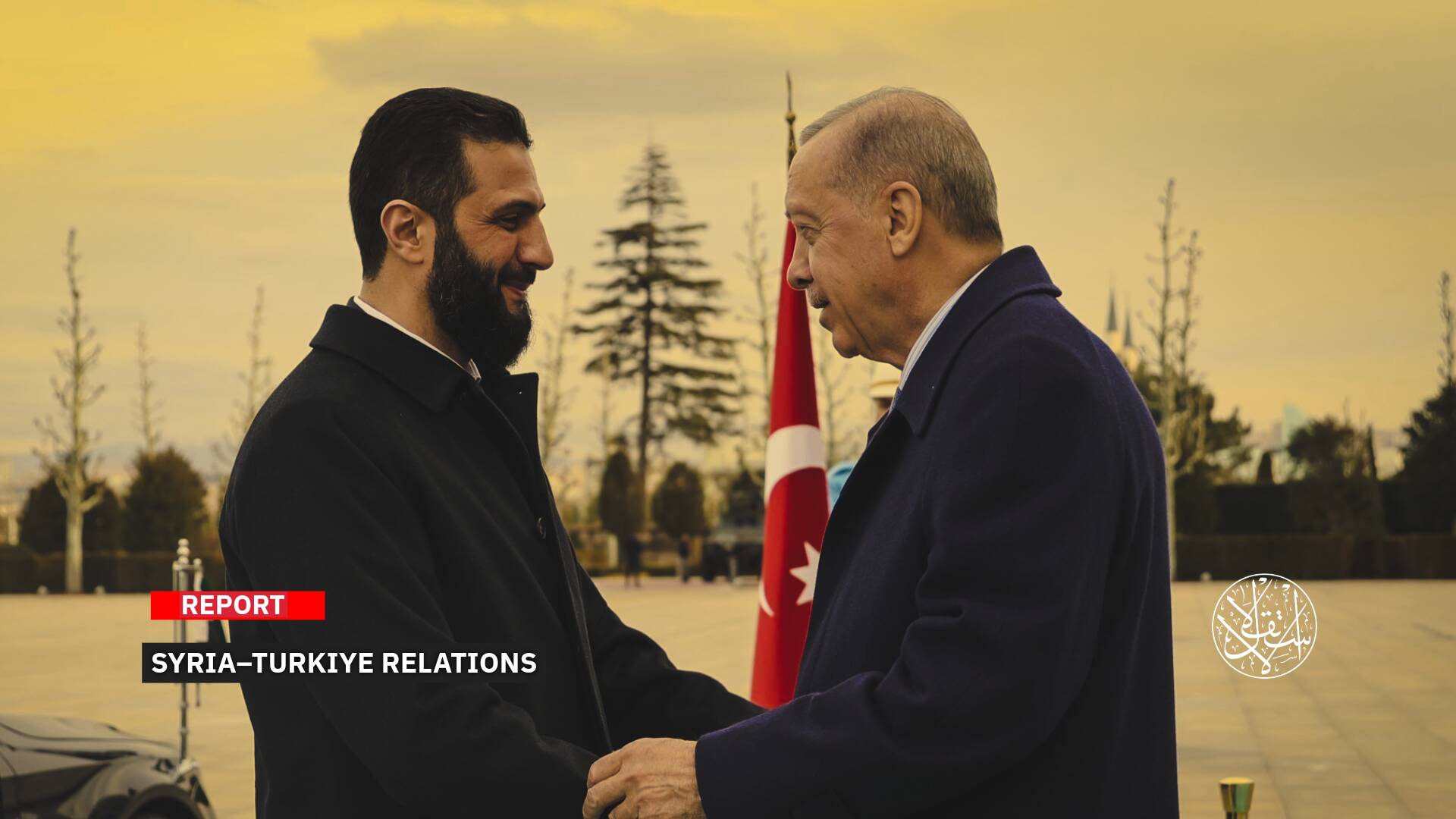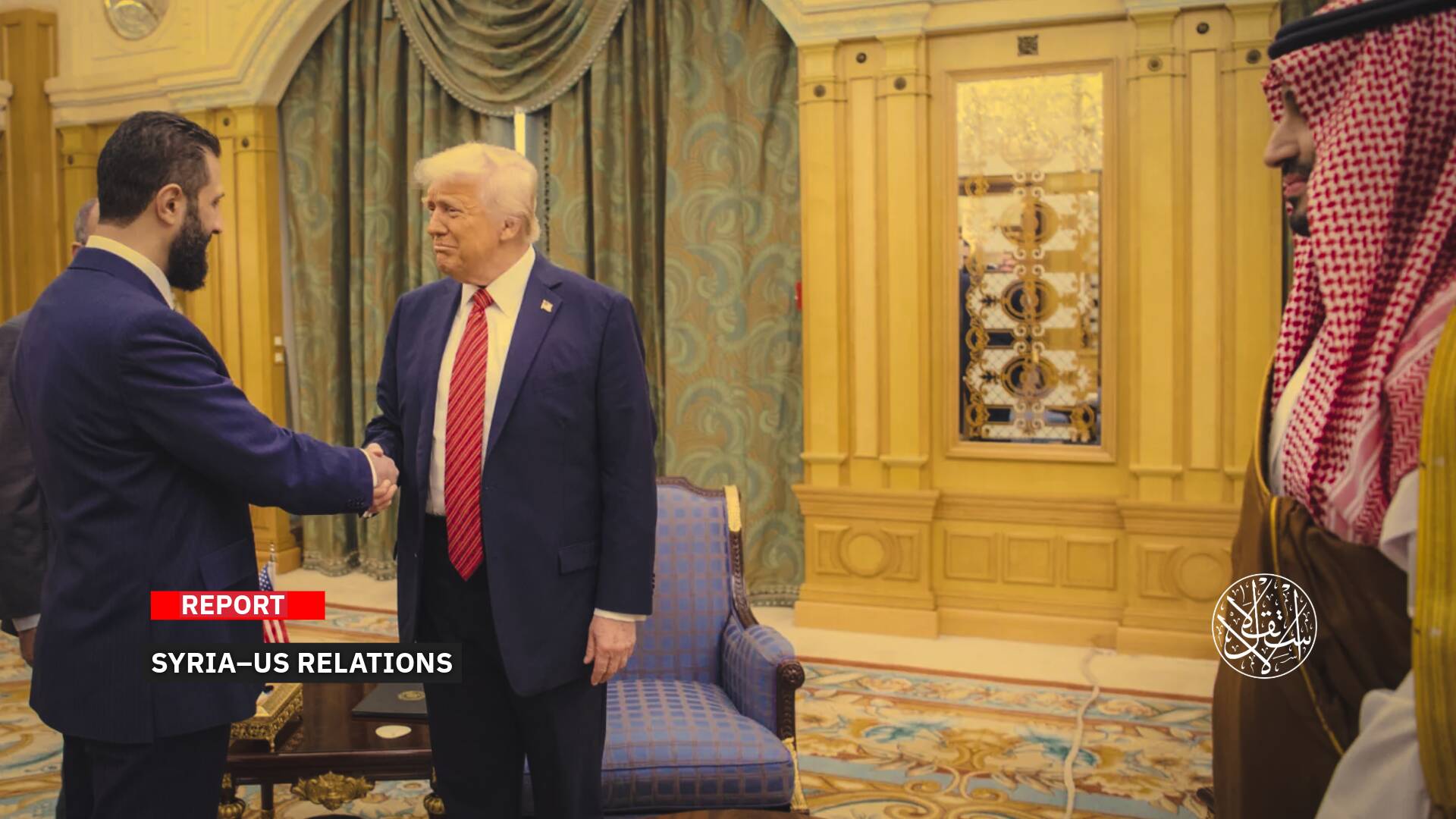US Sanctions, Iranian Neglect Cited in President Raisi's Helicopter Crash

Incidents have become frequent, and air transport safety standards in Iran have steadily declined.
The death of Iranian President Ebrahim Raisi, Foreign Minister Hussein Amir-Abdollahian, and others has highlighted the deteriorating state of Iran's presidential aircraft fleet due to a lack of necessary spare parts.
A presidential helicopter crashed in a mountainous region in northwest Iran near the Azerbaijan border on May 19, 2024, killing Raisi, Abdollahian, and six others on board, including Tabriz Governor Malek Rahmati and the city's Imam of Friday Prayer Mohammad Ali Ale-Hashem.
According to the semi-official Tasnim News Agency, the helicopter that carried the Iranian president was an American-made Bell 212, which entered service in 1968 and is used by several countries for security, military, and civilian purposes.
The agency noted the Bell 212 (also known as the Bell Two-Twelve) is a two-blade, twin-engine, medium helicopter that first flew in 1968. Originally manufactured by Bell Helicopter in Fort Worth, Texas, United States, production was moved to Mirabel, Quebec, Canada in 1988, along with all Bell commercial helicopter production after that plant opened in 1986.
The 212 was marketed to civilian operators and has a capacity of up to 15 seats, with one pilot and 14 passengers. In cargo-carrying configuration, the 212 has an internal capacity of 220 cubic feet (6.23 cubic meters). An external load of up to 5,000 pounds (2,268 kilograms) can be carried.
The Iranian presidency uses American Bell 212 helicopters for the president and his team's travel.
Aging Fleet
Iran's air and naval forces own a total of 10 such aircraft, according to the 2024 World Air Forces guide by FlightGlobal.
The Iranian Air Force handed these helicopters over to the Red Crescent due to their deteriorating condition and the difficulty of maintaining them because of U.S. sanctions.
An Iranian source told Reuters that the helicopter was associated with the Iranian Red Crescent Society.
Experts indicate that the limited details available suggest the helicopter that crashed was between 40 and 50 years old.

The Bell 212 is supposed to be adaptable to various tasks, including transporting people, deploying aerial firefighting equipment, transporting goods, and mounting weapons.
The Iranian model that crashed with President Ebrahim Raisi was designed for transporting government officials. Iran purchased Bell 212 helicopters before the 1979 Islamic Revolution.
However, U.S. sanctions imposed after 1979 hindered Tehran's ability to update its fleet with new aircraft and repair the old ones due to a lack of spare parts.
Following the crash, former Iranian Foreign Minister Mohammad Javad Zarif blamed the United States for the crash, stating that U.S. sanctions on Iran's aviation sector prevented the import of aircraft and spare parts, including the American-made Bell 212 that Raisi was on, according to the Iranian news agency.
Zarif's accusation stems from the U.S. sanctions that block Iran from importing aircraft, spare parts, and maintenance services, which impacted the Bell 212 helicopter.
Notably, Minister of Transport and Infrastructure of Turkiye Abdulkadir Uraloglu confirmed that the signal system of the helicopter that crashed with the Iranian president and foreign minister was either not activated or the helicopter lacked such a system.
According to Anadolu Agency, the crash site was discovered by a Turkish drone, the Akinci, which participated in the search operations at the request of Iranian authorities.
Imposed Sanctions
Technically, aviation experts state that every component in an aircraft or helicopter has a "life record," meaning each part has an expiration date, regardless of whether the aircraft is in use or not, and these parts must be replaced periodically.
In 2021, Transport Canada issued a warning about the Bell 212 model, grounding it until the helicopter's blade attachment bolts, which were found to be faulty, could be inspected and replaced as necessary.
The available data suggests that Iranian authorities remained stringent about updating their aging aviation fleet.
Iran has faced a shortage of civilian aircraft since the 1990s due to its inability to purchase new planes or spare parts from Western companies because of sanctions.
To compensate, Iran resorted to leasing older planes or buying spare parts through intermediaries. Nonetheless, the technical condition of its fleet has steadily deteriorated over time.
As a result, Iran's fleet has become increasingly outdated and unreliable, with the average age of Iranian aircraft now exceeding 25 years, many of which require significant repairs.

During this period, Iran had the opportunity to modernize its aircraft fleet but failed to do so, following the historic 2015 nuclear deal with global powers.
With U.S. sanctions lifted, Iranian airlines ordered over 300 aircraft, including new models from Boeing and Airbus.
However, only three Airbus and 11 ATR planes were delivered before the U.S. withdrew from the nuclear deal in 2018 and reinstated crippling sanctions.
Subsequent efforts by Tehran to obtain Chinese passenger planes with American technology also failed, as Beijing refused to violate the sanctions.
By the end of 2022, Iranian aviation authorities confirmed the purchase of four Airbus A340 aircraft, wide-body, long-range planes with four engines.
Local media reported that an Airbus A340 "made in France" had arrived in Iran, as stated by Hassan Khoshkhou, spokesman for the Iranian Civil Aviation Organization.
This announcement came days after reports of four A340-300 planes taking off from Johannesburg International Airport in South Africa and landing in Tehran.
The reports suggested Uzbekistan was their original destination, but they arrived in Tehran.
Aviation observers believe the four Airbus A340s were likely imported through covert transactions by local Iranian airlines to circumvent the sanctions.
In July 2023, Mohammad Mohammadi Bakhsh, Head of the Civil Aviation Organization, stated that Iran currently needs 550 aircraft but has only 180 to serve a population of 85 million.
These aircraft are grounded due to the inability to legally import spare parts or the impracticality of maintaining them.
Experts assert that more than half of Iran's passenger aircraft fleet is grounded due to aging and a lack of spare parts and engines.
Faced with this situation, Tehran has no choice but to continue using outdated aircraft.
‘Ad-hoc Solutions’
In this context, Richard Aboulafia, an aviation analyst for Politico, said that Iran has nothing at all to offer in aviation, except some lessons on how to maintain an old fleet supported by alternative parts and ad-hoc solutions.
Iran's aviation industry has suffered from years of neglect, underinvestment, and harsh sanctions that have made it almost impossible to purchase new aircraft.
Accidents have become frequent, and aviation safety standards have steadily declined, causing concern among many Iranians who either travel with local airlines or have no other option because international airlines do not serve domestic routes.
London-based aviation expert Alex Macheras estimates that nearly 2,000 Iranians have lost their lives in aircraft accidents since 1979, while the Aviation Safety Network estimates that accidents involving Iranian airlines have resulted in 1,755 fatalities over the past 44 years, as he told the Gulf Arab Unity Forum in mid-March 2023.
The last similar helicopter crash in Iran occurred in 2018, killing four people.
In 2015, reports indicated that a helicopter, believed to be an AB-212 model, crashed near the historic city of Kashan in Iran, killing three people.
Macheras believes the average age of aircraft operated by Iranian airlines is 28 years, making the country's aviation fleet one of the oldest and least safe in the world.
Although it has always been possible to smuggle spare parts into Iran in violation of international sanctions, the already high costs of doing so have increased significantly as the value of the toman (local currency) has plummeted against the U.S. dollar, and as Iran's economy continues to deteriorate.
Despite these major issues plaguing Iran's aviation sector, President Ebrahim Raisi's administration has shown no interest in reviving the country's neglected aviation industry, nor has it signaled any intent to update the air transport fleet or rescue it from its decades-long crisis.

A report by the Gulf Arab Unity Forum highlights that under former President Hassan Rouhani (2013 - 2021), and following the nuclear deal, Tehran sought to modernize its aviation sector by purchasing dozens of new planes from Boeing and Airbus. However, Iran's hardline faction opposed spending money on this sector.
According to the forum, these hardliners argued that such spending would waste the country's capital on unnecessary luxury items. They claimed that any surplus funds should be directed toward higher priorities — especially Iran's military aviation, which had also not been updated since 1979, and other non-aviation issues like funding proxy militias throughout the Middle East.
Iran has maintained its civil and military aviation fleets during its isolation since 1979 through a combination of smuggled parts and reverse engineering, according to Western analysts and sources discussing trade after the nuclear deal, which Washington later abandoned.
Iran Helicopter Support and Renewal Industries, widely known as PANHA, has produced local models that Western analysts say are based on redesigned Bell helicopters, although the Bell 212 is not one of these models, as reported by Reuters shortly after Raisi's death.
In contrast, U.S. sanctions have prevented Iranian companies, including the country's leading airlines Iran Air and Mahan Air, from purchasing Airbus A340 aircraft to bolster their aging fleet.
U.S. sanctions have been imposed on Iranian airlines, including Mahan Air, Iran Air, Saha Airlines, Qeshm Air, and Qeshm Fars Air.
Middle East and aviation safety analysts say there is little chance Iran will seek external assistance to investigate the crash of Raisi's helicopter due to the political sensitivity of the issue.


